Breakdowns and Emergencies?
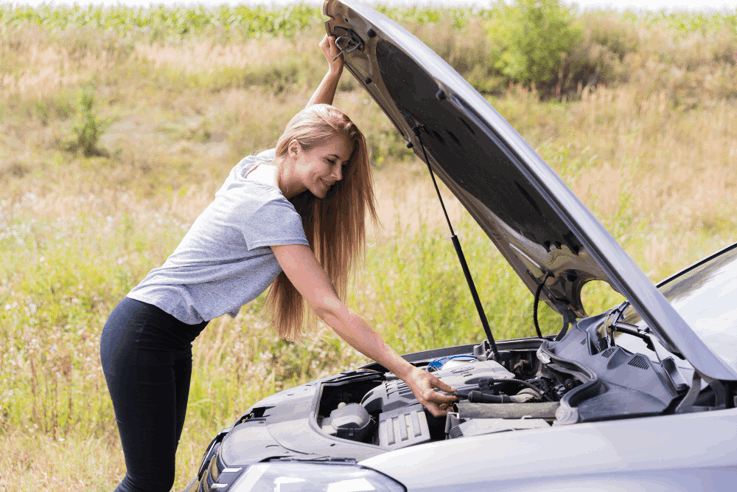


Flat tyre

Involved in a accident
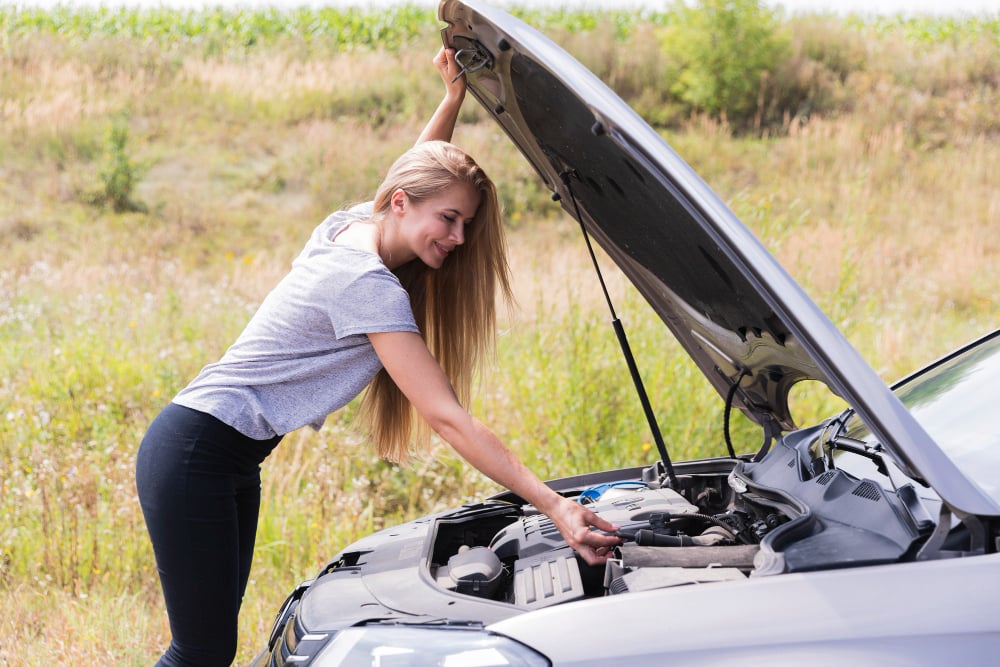
Prevention is always better than cure. So ensuring your vehicle is in top top to start with will reduce the risk of a break down in the first place. Therefore regular servicing is our recommendation.
Would you know what to do?
What do you recommend to your pupils if this happens?
What do you do to keep yourself safe?
Do you have any idea how to resolve some of the basic breakdown issues?
Do you have things in place to assist you in the event of a breakdown?
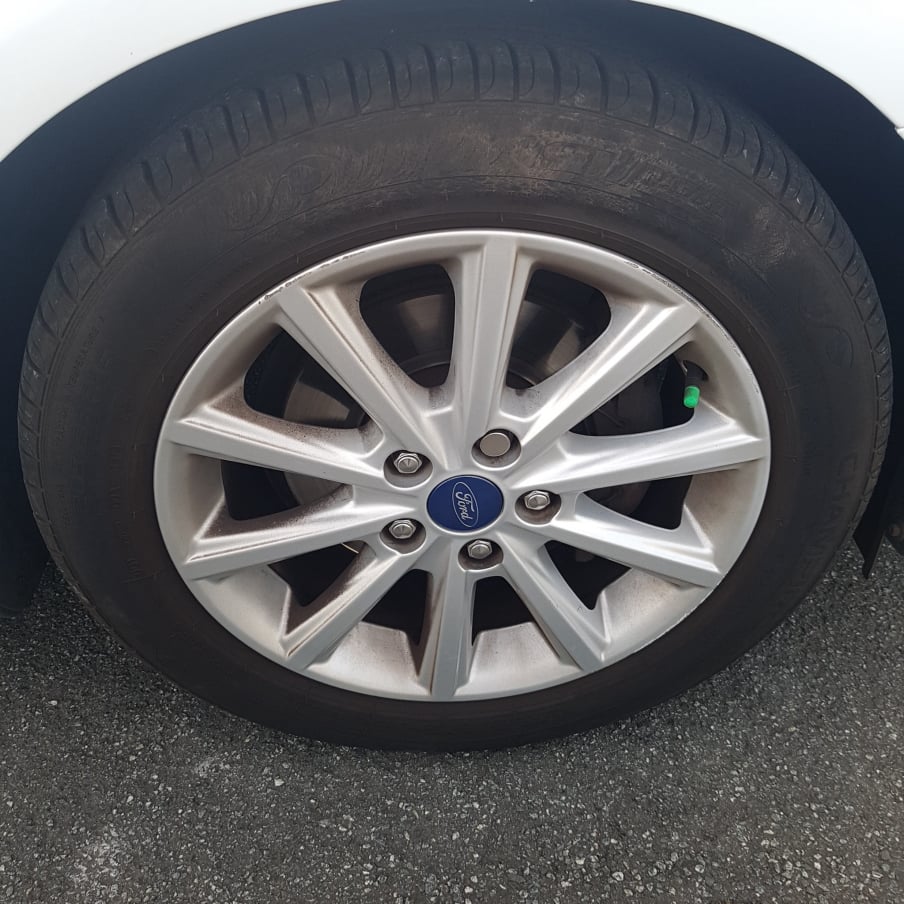
Do you have a full sized spare wheel?
You are not permitted to use a space saver wheel during a driving test.
The DVSA will not allow a car to proceed with a driving test if a car is fitted with a space saver wheel. It is therefore highly recommended that you carry a full sized spare wheel.
Even a nick in the sidewall of your tyre can permit a DVSA examiner to refuse your car for test. Whether considered legal or not by a tyre company, the DVSA examiners have the right to refuse your car if in their opinion the tyre looks unsafe or illegal.
Do you know how to change a wheel?
Use our lesson guides for further information
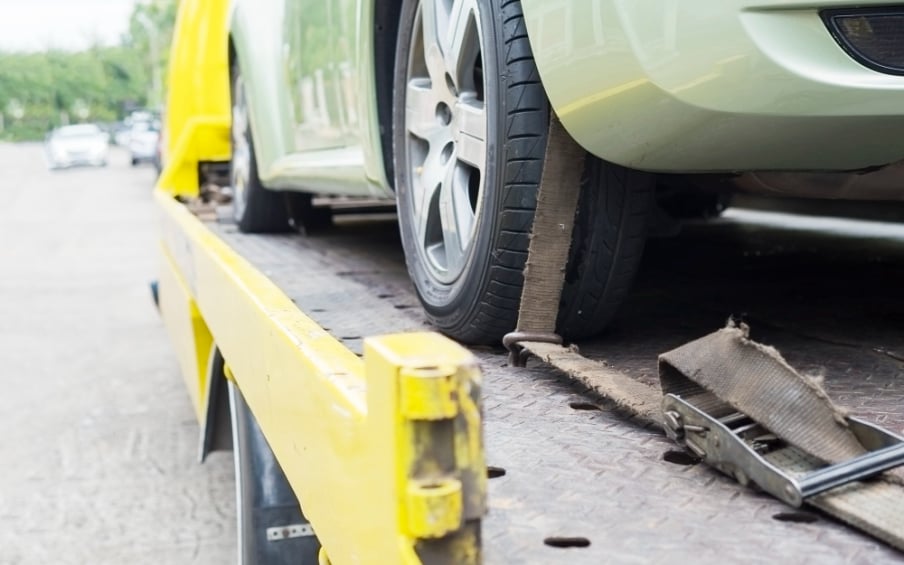
Do you have breakdown recovery in place?
Your vehicle is your living, if you car is not running, you are not earning.
Having breakdown recovery in place may save you a lot of time and money. The cost over a year is tax deductible and most insurance companies will offer this in the insurance policies if you don't choose to take out your own personal policy.
If you don't have recovery in place, do you carry a tool kit that may be able to get you out of a sticky situation?
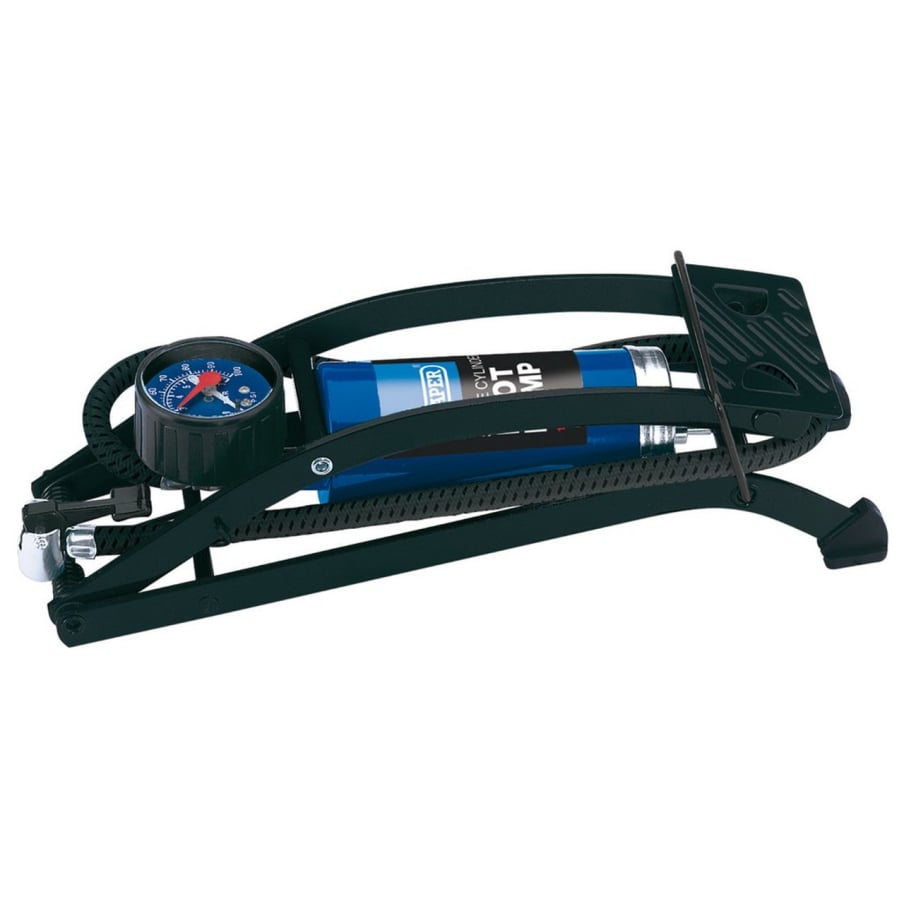
Do you carry a foot pump?
It only takes your pupil to clip the kerb and it can release air from your tyres. This in turn could result in your tyre being well under pressure and cause loss of control, additional wear to the tyre or even a blow out. Just a simple foot pump in your boot could resolve an issue before it becomes a bigger issue or cost you additional money.
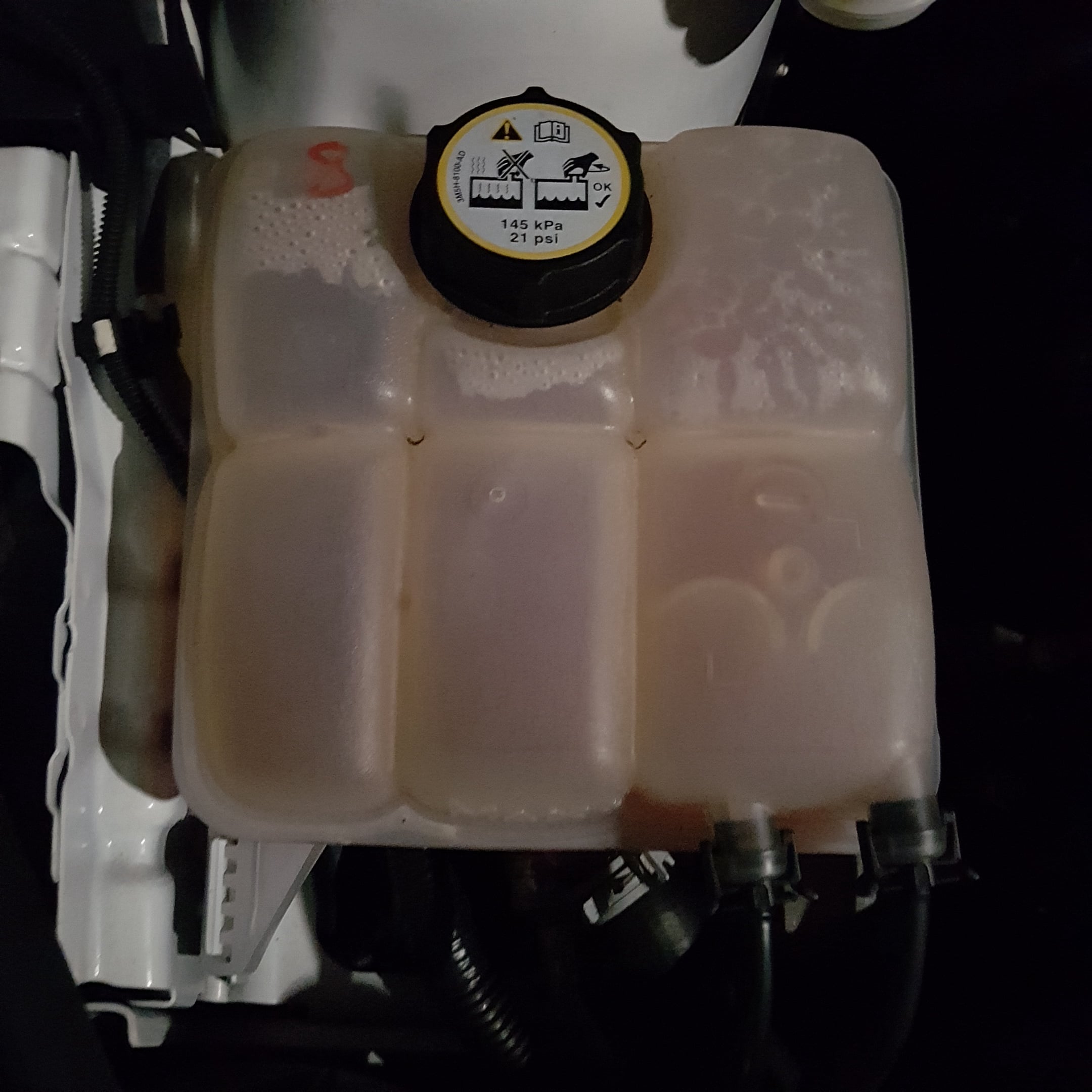
Would you know how to deal with a car that is overheating?
Do you teach about this and the dangers of opening either the radiator filler cap or expansion tank cap while the engine is still hot?
Scalding from very hot water that is under pressure is a huge factor when a vehicle is overheating.
NEVER undo any caps until the engine has cooled down first.
Switch the engine off and wait. Once the engine has cooled down, still be cautious, there may still be pressure within the system that could spray water over you as you release the cap. Also be aware if the radiator or reservoir looks empty, by adding water to an empty but still hot engine, could cause water to be blown back up from the engine resulting in scalding, or could even crack the engine block or head if you used clod water.
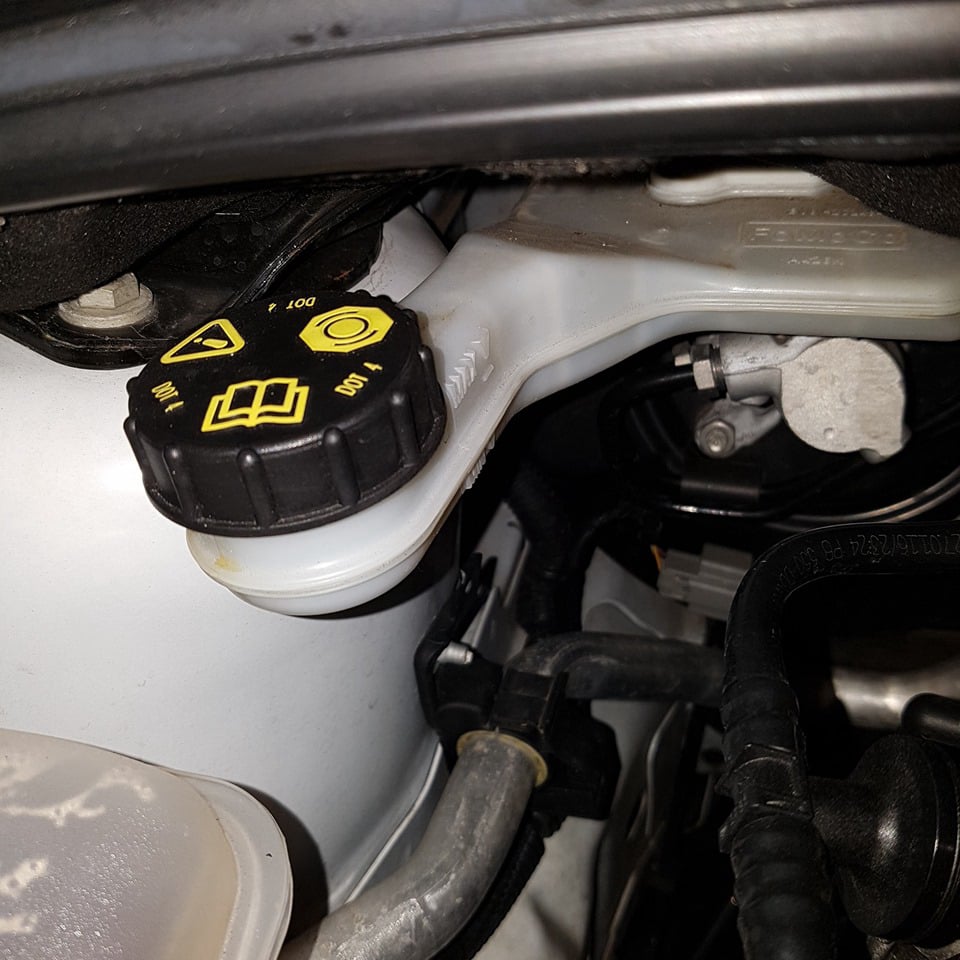
How would you deal with brake failure?
Do you teach about brake failure and what your pupil may be able to do if it happens?
If you are teaching your learners about progressive braking rather than braking last second, then it's likely they may have time to sort out brake failure. Drivers who leave braking to the last second are putting themselves and others at risk.
All too often, drivers become too reliant on their vehicles and forget that they have hundreds of mechanical components that could fail at any moment.
When brakes fail, it can be extremely scary and sometimes even fatal depending on the circumstances.
If a driver is in the habit of braking progressively they will normally notice instantly that there is a problem with their braking system and may have time to adapt.
Can they use the gears to slow themselves down.
Would pumping the brake pedal help? It may be that there is a small leak, but not enough that by pumping the breaks they won't get any braking from them.
Do they have a manual handbrake that they could use? This can be dangerous in itself as it may cause the car to go into a spin depending on how well balanced the brakes are, but possibly still a better option than using no brakes at all.
Do your pupils look out for "an escape route"? somewhere where they will point the car to avoid damaging or hurting anyone or anything else.
A discussion with your learners about the dangers of vehicle failure is as important as teaching them how to drive one.
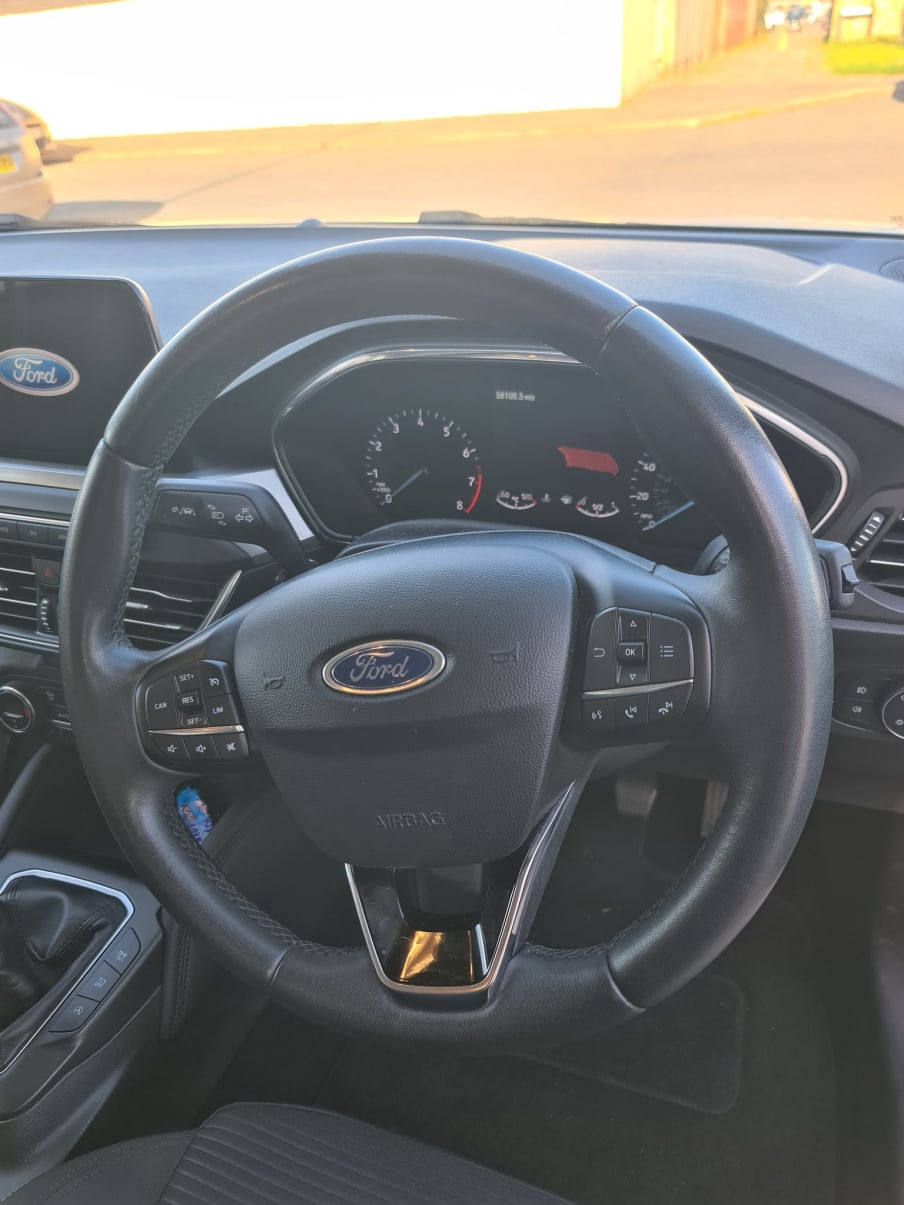
Luckily, Power Steering failure in most vehicles is not drastic, as generally the only thing that happens is that the steering becomes very heavy. No different to how it used to be before Power Steering was invented.
It may be that the Power Steering reservoir needs refilling.
It may be that a belt that drives the Power Steering motor has failed or a drive that drives the motor has failed.
More modern vehicles have now began to install electric Power Steering racks, but again, if the motor fails it does tend to just create a heavier steering.
Advise your learners to slow down more to give them additional time to make a turning.
And obviously get the steering looked at as soon as possible.
If they find the car too hard to drive, it is highly recommended that they pull over and ring a recovery company.
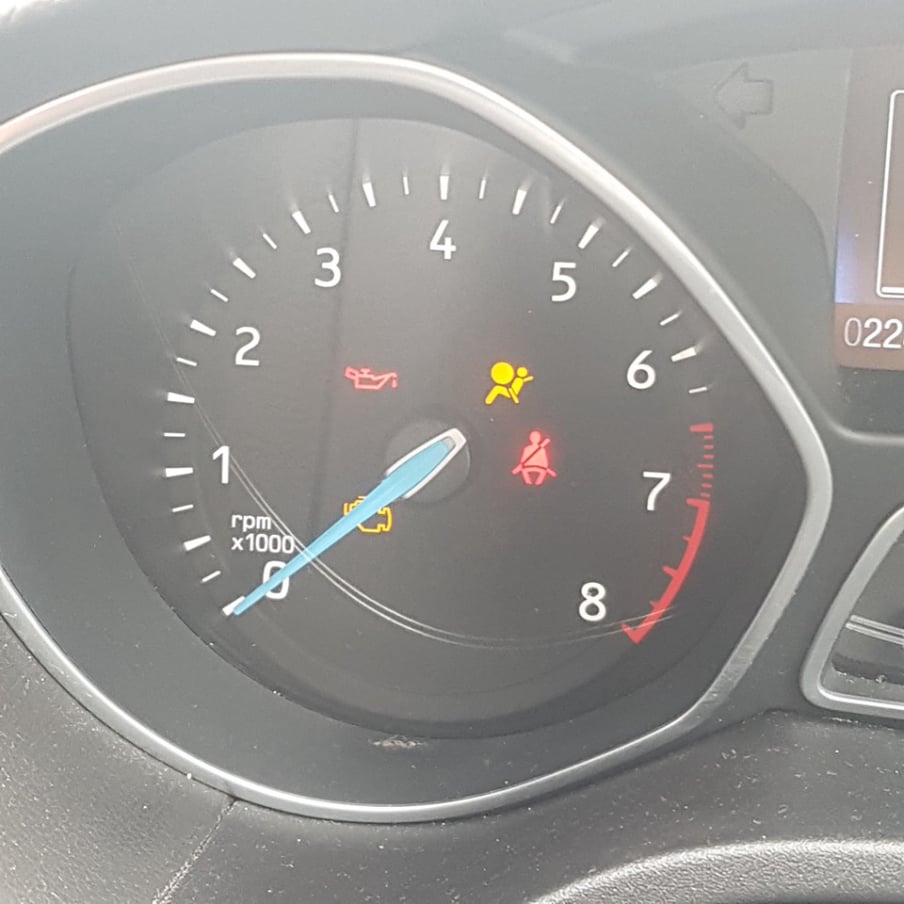
Warning lights on the dashboard!
Do you understand all of them?
What do you advise your pupil's about them?
As a general rule:
Red - pull over as soon as is safe to do so.
Amber - your vehicle is highlighting there may be a problem that requires investigation.
Red usually means there is potential danger if you don't do anything about it now!
Oil warning light - potential seizure of your engine
Battery warning light - potential of electrical system failure as battery is either not charging or holding a charge.
Seatbelt warning light - danger to occupant not wearing one (possibly breaking the law)
Parking brake warning light - may also be linked to brake/clutch fluid reservoir or brake pad sensors. The fact it may be on, the first port of call would be to check the handbrake has been released. If the light still remains on, further investigation may be required. The reservoir would possibly be the next location to refer to, but if this is full a garage will possibly be required.

Do you teach about Aquaplaning?
Do you teach about Hydro locking?
Do you teach about fines for deliberately splashing a pedestrian?
Do you teach about wipers and lights?
Do you teach about speed when travelling through water?
Do you teach about the Air-intake on cars?
Do you teach about puddles and not knowing how deep they are and avoidance ?
Do you teach about tyre tread depth and the difference it makes for displacing water, and who the stopping distances will change vastly by the amount of tread on your tyres?
Water is a huge subject, this is discussed further in our lesson guides area.
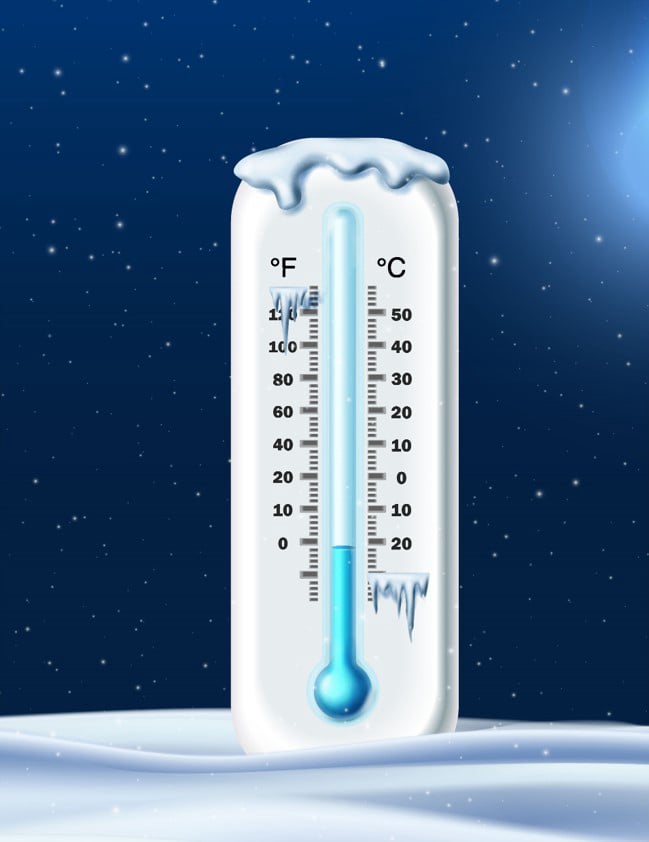
Do you go out on lesson in the snow?
Do you talk at all about snow or ice during your lessons.
Have you driven in snow and understand about the implications of oversteer or understeer?
Do you teach about correct use of gears to assist in moving off in snow or ice?
Do you teach about generally slower speed, slower steering, gentler braking and accelerating?
Do you teach about being prepared if it is essential to go out in these weather conditions?
What do you recommend your pupil's do once they pass their test.
Again as with water, this subject is covered fully in our lesson guides area.

Road Traffic Collision.
WHAT DO YOU DO?
It's possible at some stage in our driving life that we may be involved in a traffic collision. Whether through our fault or someone else's fault it's important that you know what to do.
See our lesson guides for more information

Clean lights, Clean windows are fundamental to not only keeping your car safe, but also a way of building into your learners training the importance of keeping parts of the car clean.
Points or fixed penalty fines can be handed out for number plates that cannot be read, lights that are so dirty they are ineffective etc.
Dirty windows not only make things harder to see, but can create glare from other vehicles headlights or the sun. Set a good example by keeping these clean.

Carrying out Pre journey checks is important in so many ways.
Petrol
Oil
Water
Damage
Electrics
Rubber
Yourself
PERTOL. You can be fined for not having enough fuel for your journey, especially if you end up causing an issue because you have broken down in s really awkward place.
OIL. Why would you not check your oil regularly? It keeps every component inside your engine lubricated and avoids damaging it!
Regular checks, which take seconds to do, can save you thousands of pounds.
WATER. Again as with oil, having insufficient water could cause your engine to overheat and cause catastrophic engine failure.
What about the water in your Screen wash? Is this full, do the jet work properly? Do you have additive to avoid your screen wash from freezing in cold weather?
DAMAGE. Has any damage been done to your vehicle since your journey? It may be that you park your vehicle on the road, and that some damage has been caused to it while parked up. A visual inspection which a gain may only take seconds, could avoid an accident happening or being pulled over for a defective vehicle.
ELECTRICS. Are all your electrics working as they should?
Headlights, indicators, number plate lights, reversing lights, fog lights, horn, wipers and screen wash, heater and air conditioning, sat nav, electric power steering, window electrics, mirror electrics, demisters.
At any stage on any journey, you may need these, and if they don't work could they cause you or others an issue?
RUBBER. What are the condition of your tyres and your spare tyre?
Are they tyre pressure correct based on weight and passengers?
When was the last time you replaced your wiper blades? On average you should replace them once a year. Heat and cold throughout the year will cause the rubber to become hard and eventually they become less effective to clear your screen.
And finally YOURSELF! What condition are you in?
Are you in good health physically and mentally?
Are you on any medication that may prevent you from driving?
When did you last have an alcoholic drink?
Are you tired?
Are you emotional?
Are you running late?
See our lesson guides for more information